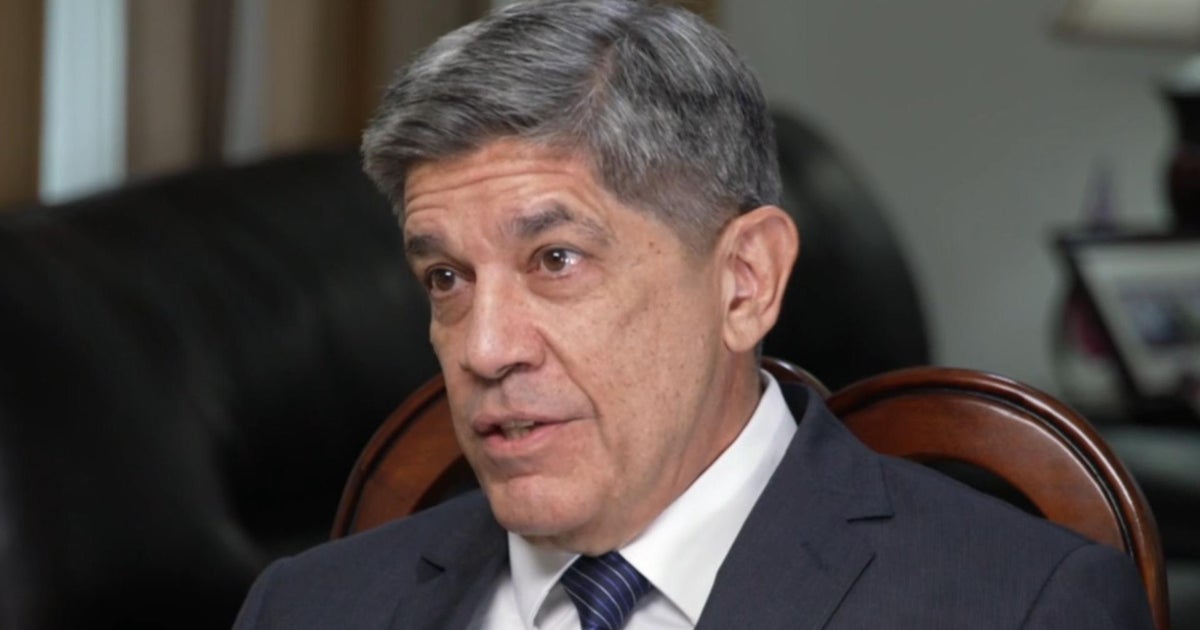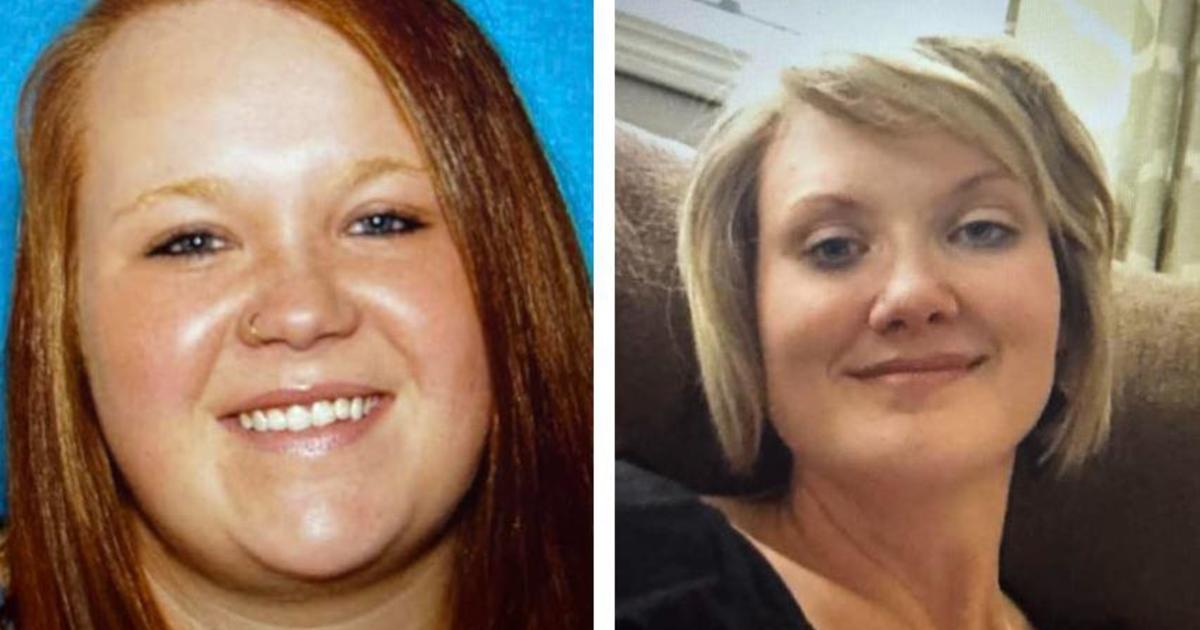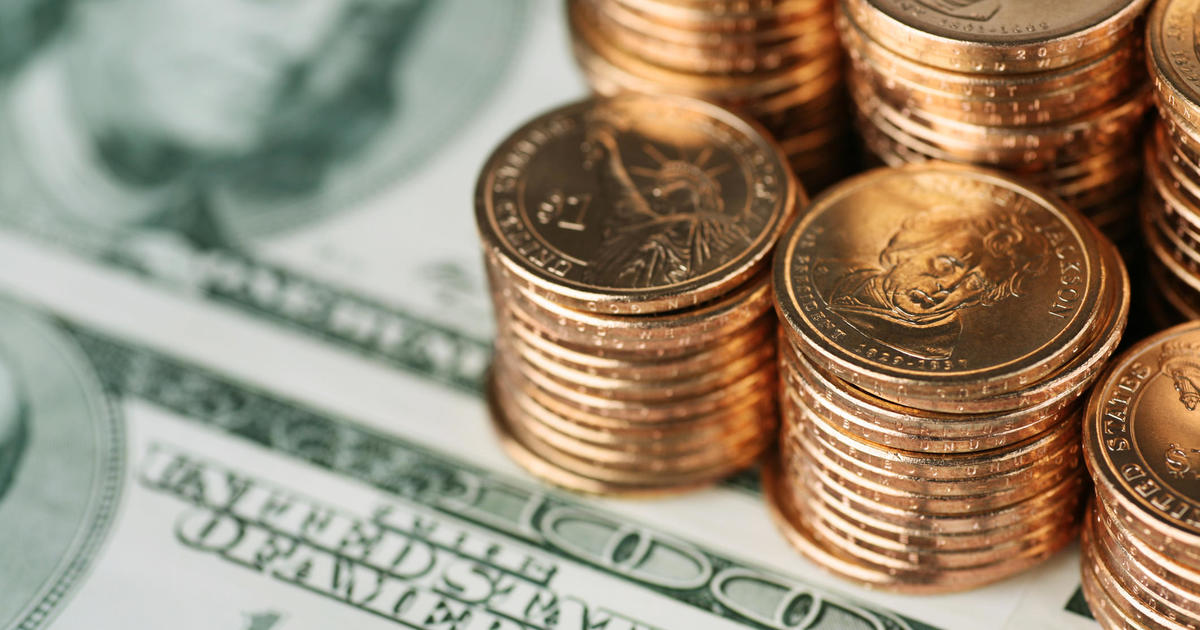Return to My Lai
The story of My Lai is well known: On the morning of March 16, 1968, a company of U.S. soldiers killed as many as 500 unarmed Vietnamese civilians in My Lai, a village in South Vietnam.
The military tried to cover up the massacre but the story eventually came out. One of those in charge, Lt. William Calley, was convicted of premeditated murder and served six years in prison.
One facet of this story is not so well known: the massacre was halted by three brave Americans soldiers. Correspondent Mike Wallace revisits a story he first reported in 1969.
Last year Wallace returned to My Lai with two of the men, Hugh Thompson and Larry Colburn. (Glenn Andreotta was killed in action in Vietnam just three weeks after the My Lai massacre.)
On March 16, 1968, chopper pilot Thompson and his crew, Colburn and Andreotta were flying low over the Vietnamese jungle, trying to draw enemy fire to protect U.S. troops on the ground. Then they saw something that they say made them ashamed.
U.S. troops were rounding up civilians and burning down huts. Then their leaders ordered them to line up the terrified villagers - "gooks," "dinks" or "slopes," they were called - and shoot them down in cold blood. The killing went on for four hours.
At that point, Thompson landed his helicopter nearby and ordered Colburn to train his machine gun on his fellow U.S. soldiers. Had they not intervened, even more would have died.
Last year, walking along the ditch where the original events happened more than 30 years ago, Thompson and Colburn talked about what they had seen as their chopper hovered just above ground.
"One hundred seventy people were marched down in there," Thompson said, pointing to a water-filled ditch. "Women, old men, babies. And GIs stood up on the side with their weapons on full automatic and machine-gun fire."
As the chopper hovered, Andreotta saw a young child still alive in a ditch filled with dead bodies, Colburn said. "Glenn without hesitation went into the ditch and waded over to the child….The people [in the ditch] were still, they were dying, they weren't all dead. And Glenn got to the child and picked him up," Colburn said.
Thompson remembered that he thought at that moment he had a son the same age.
As Thompson was recalling the horrors of that day, an elderly woman walked toward them. She said she had been dumped in the ditch back in 1968, but had survived, shielded by the bodies of the dead and dying. Thompson grasped her hand and apologized that he didn't help her that day.
The woman had more questions: Why, she wanted to know, were so many villagers killed that day? And why was Thompson different from the rest of the Americans?
"I saved the people because I wasn't taught to murder and kill," he said. "I can't answer for the people who took part in it. I apologize for the ones that did. I just wished we could have helped more people that day."
In fact, Thompson, Colburn and Andreotta did help more people. Thompson and Colburn found 10 villagers cowering in a bunker. They radioed for a couple of choppers, which airlifted all of them to safety. Thompson left the helicopter with no other weapon than a sidearm, which he didn't draw, and told the GIs to let the villagers go.
60 Minutes II tracked down two of the women they had saved. Mrs. Nhung was 43 when she was rescued. Mrs. Nhang was only 6. When they met last year, the women thanked the two Americans profusely.
| To find out more about the My Lai massacre and its aftermath, visit a site on the subject created by a law professor. | |
"I know the numbers that didn't make it,"
Thompson said. "And it was meaningless. For the people that were taking part, it was just, you know, no value whatsoever on life."
One of the men doing the shooting that day was Private Paul Meadlo. Wallace talked with him in 1969: "I might have killed about 10 or 15 of them," said Meadlo, who was then married with two children. Asked how a married man with two kids could do such a thing, Meadlo responded: "I don't know. It was just one of [those] things."
For the 1969 story, Wallace also interviewed Captain Ernest Medina, who was one of those in charge during the massacre.
"We had lost a lot of good people that had served their country in Vietnam in the minefield, due to sniper fire, due to mines and booby traps," Medina said then. "The entire area was heavily infested with mines and booby traps. When infantrymen approach an area, the women and children will place these things out."
Thompson doesn't agree with that line of reasoning. "Well, I suppose he believes the theory," he says. "If you don't want those mines and booby traps planted, it's OK to kill every child and woman. I just don't feel that way."
"What do you call it when you march 100 or 200 people down in a ditch and line [them] up on the side with machines and start firing into it? Reminds me of another story that happened in World War II, like the Nazis," Thompson says.
In 1970 Thompson was called to testify on Capitol Hill, where he and others feel he was treated badly. House Armed Services Subcommittee Chairman Mendel Rivers, who claimed there was no massacre, tried to get him to say that he had threatened to kill a U.S. Army lieutenant, in order to have him court-martialed.
"It was not pleasant going before Congress," Thompson remembers. "The war effort at that time couldn't stand any bad press, so they tried to whitewash it as much as they could."
After the testimony, Rivers said that Thompson had not provided any information to support the idea that a massacre had occurred.
Thompson endured abuse from his fellow soldiers, too. He was called a traitor by some of them. "Some of them would say, 'Oh that stuff happens all the time.'" Thompson recalls. "I'd say, 'No, it can't happen all the time. I don't think that I could live with myself if I thought that was an every day thing and I was part of it.'"
But recently, the military establishment that had given Thompson the cold shoulder for 30 years has been inviting him to give speak on military ethics. He has lectured at Annapolis, the Air Force Academy and West Point. At the U.S. Marine base in Quantico, Va., he told a stunned audience of Marine officers some grisly details about the My Lai massacre.
"A lot of the girls didn't scream too much either because they had already cut their tongues out," he said. "A bayonet can kill two real quick if they're pregnant. It got nasty that day. I personally…wish I was a big enough man to say I forgive them, but I swear to God I can't."
He told the audience what had happened to him as a result of his reporting the massacre to his superiors: He received death threats, and mutilated animals were left on his doorstep.
"If I can go somewhere to a group like this or even younger and impress just one person to make the right decision, it'll be worth it. It will be worth it," Thompson said.
After Thompson spoke, some Marine officers responded. "I didn't know a lot about the story," one said. "And I was devastated when Mr. Hugh spoke. I felt very proud for what he did."
Thirty years after the massacre, on April 28, 1998, the Pentagon honored Thompson, Colburn and Andreotta, awarding them the prestigious Soldier's Medal for their conduct in My Lai.
The broadcast was produced by Robert Anderson; the Web site was produced by David Kohn.



